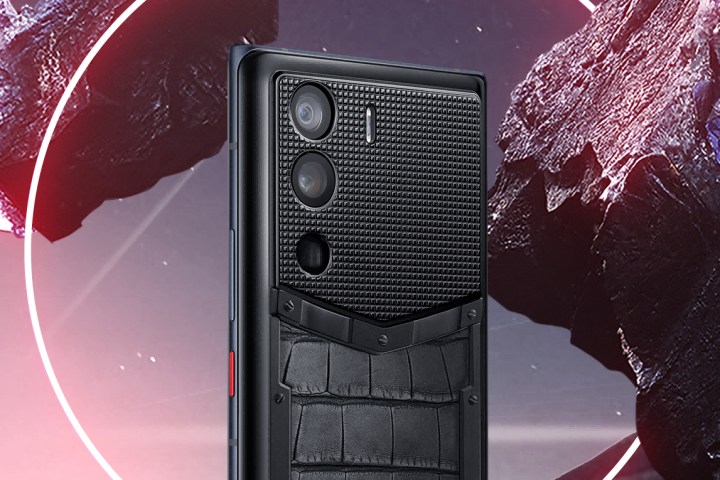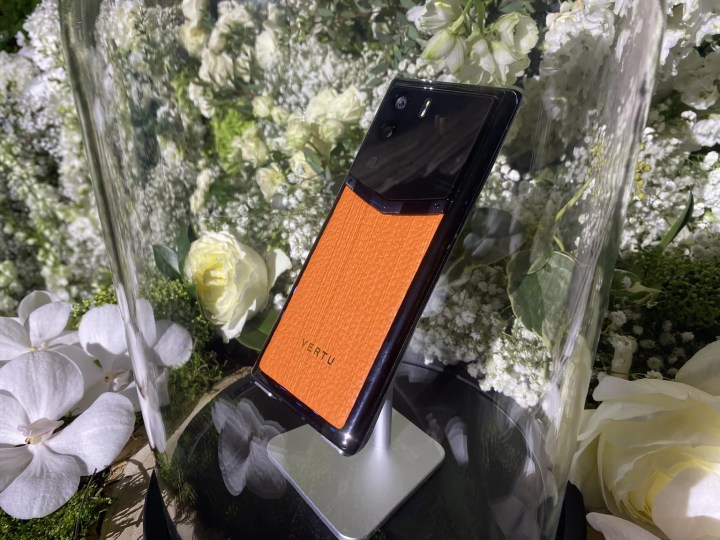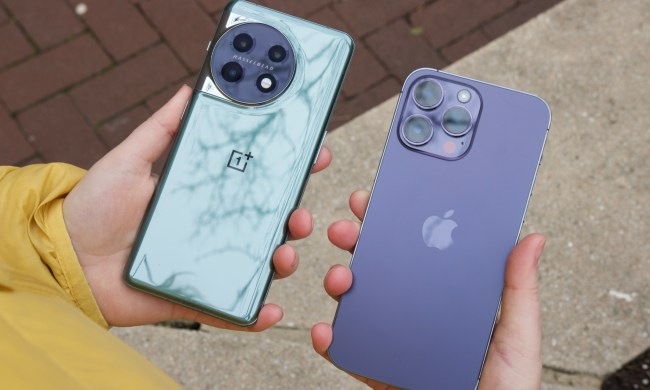Talk about bad timing. The economy is shaky and food prices are skyrocketing — but luxury phone maker Vertu has decided this is the right moment to release a new lineup of smartphones that top out at around $40,000.
Some might question Vertu’s decision to start selling phones that are so expensive. After all, it’s not a good look to flog a phone that’s pricier than many Americans’ annual income when many people can’t afford a home. But Vertu seems confident in its phones’ abilities because it’s tied into Web 3.0, a buzzy but nebulous concept involving ideas such as decentralization and blockchain technologies.

How exactly does Vertu’s phone let you interact with Web 3.0? It’s hard to tell from the company’s slender news release. The manufacturer claims the device will feature a “5-dimensional integrated ecosystem, which aims to integrate chips, smart terminals, blockchain, operating systems, and high-end services into one phone,” and they want the WEB2.0 users to “walk into the WEB3.0 seamlessly and smoothly. Such a WEB3 phone carries the perfect starting point for users’ digital sovereignty and blockchain infrastructure that can truly help users create their own value.”
Vertu signaling?
As a mere smartphone, the new Vertu models have solid specs. All models include a ceramic frame and a sapphire glass screen. The phones are powered by a Qualcomm SnapDragon 8 Gen 1 CPU. They also boast a 6.67 inch, 2400×1080 AMOLED display, a three-lens camera array, and a 4,600mAh battery.
If $3,600 is all you have to spend, the bottom-level model includes a carbon fiber finish, 12GB RAM and 512GB internal storage, and of course the $3,600 price point. However, big spenders who have $41,000 on hand can turn to the top-end configuration Metavertu, which has 18GB RAM and 1TB storage and comes in “Himalaya Alligator leather,” 18K gold, and diamonds. Metavertu users can supposedly convert photos and videos into NFTs with one click. These NFTs are authenticated digitally and stored securely on the device. Luckily, if you aren’t familiar with Web 3.0, the device includes a voice assistant programmed to answer Web3-related questions.

The Metavertu usually runs the standard Android operating system while accessing the everyday web that we know and love. However, you can also switch to a Web 3.0 mode running on a custom operating system. The Web 3.0 mode lets you create a digital wallet with private keys and access to decentralized applications. Vertu claims in a blog post that the Web 3.0 mode “solves the security problem of digital assets, which is a big issue in crypto world.”’
Vertu has had a rocky history as a phone manufacturer. It was established by Finnish mobile-phone manufacturer Nokia in 1998. The company went bankrupt in 2017 but re-emerged a year later to introduce the Aster P smartphone.
Reactions to Vertu’s previous gaudy phones have been decidedly mixed. Wired once memorably described the Vertu models as “tasteless trash.”
Cheaper options
The good news? You shouldn’t feel bad at all if you don’t have the cash to spend on Vertu’s new top-end phone. The arguably more technologically advanced iPhone 14 Plus rings up at a mere $899. For that price, you get Apple’s vaunted app ecosystem and reliability. Even the newish Samsung Galaxy Z Flip 4, which comes with a nifty folding display, can be had for around $1,000.

If you want to kick things up a notch with Apple, the most expensive iPhone currently available is the iPhone 14 Pro Max, with a whopping one terabyte of storage (double that of the top-end Vertu), for a relative bargain price of $1,599. But if you prefer to stand out from the crowd, you could also choose one of the priciest Samsung phones currently sold, the Galaxy Z Fold 4, which tops out at around $1,600, also with one terabyte of storage.
Still not convinced the Vertu is a tad overpriced? Instead of a Metavertu, you could buy about 100 units of the very capable iPhone SE, which retails for about $400 each. Or, you could keep the phone you already have and buy a 2022 BMW M235i xDrive Gran Coupe for about the same price as the Vertu.



